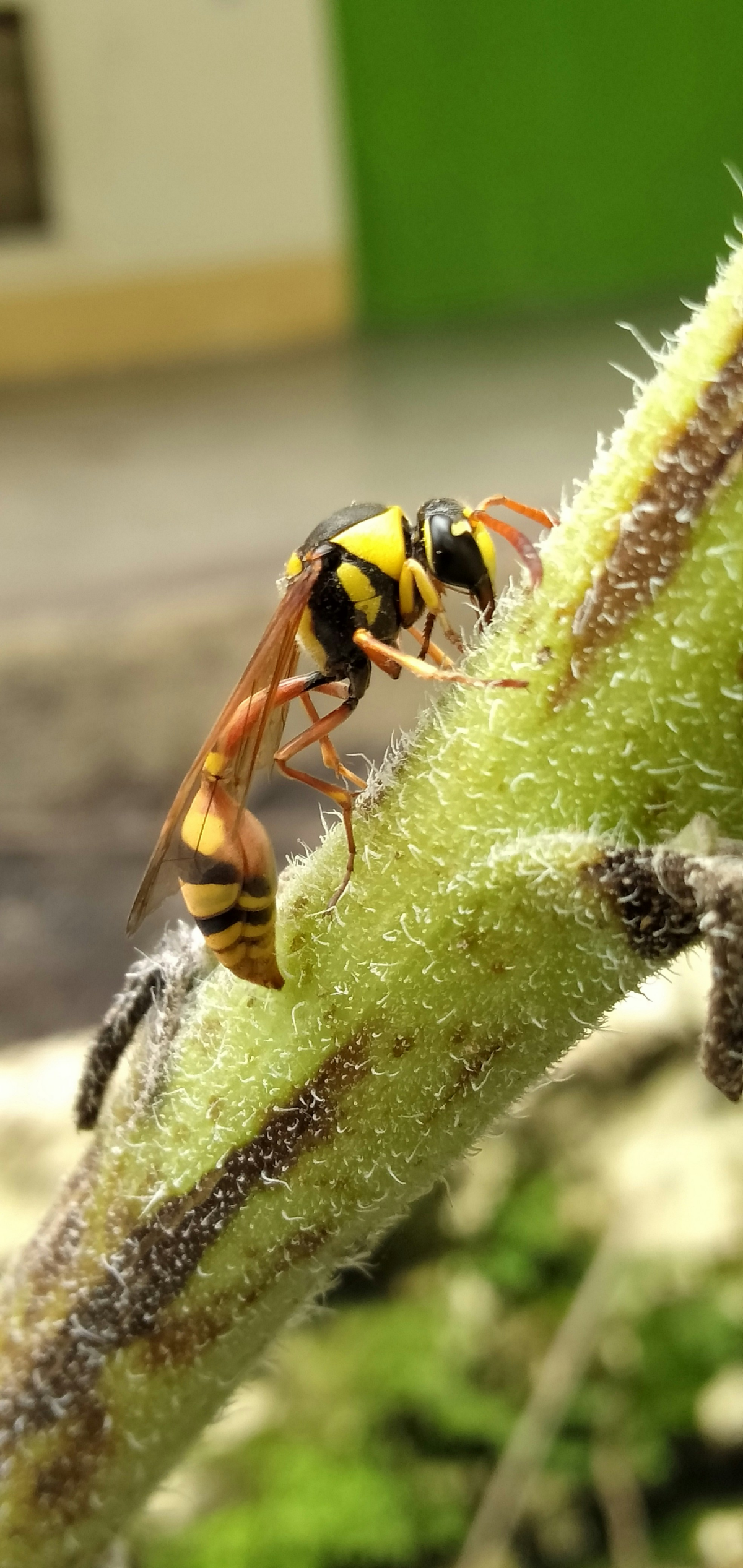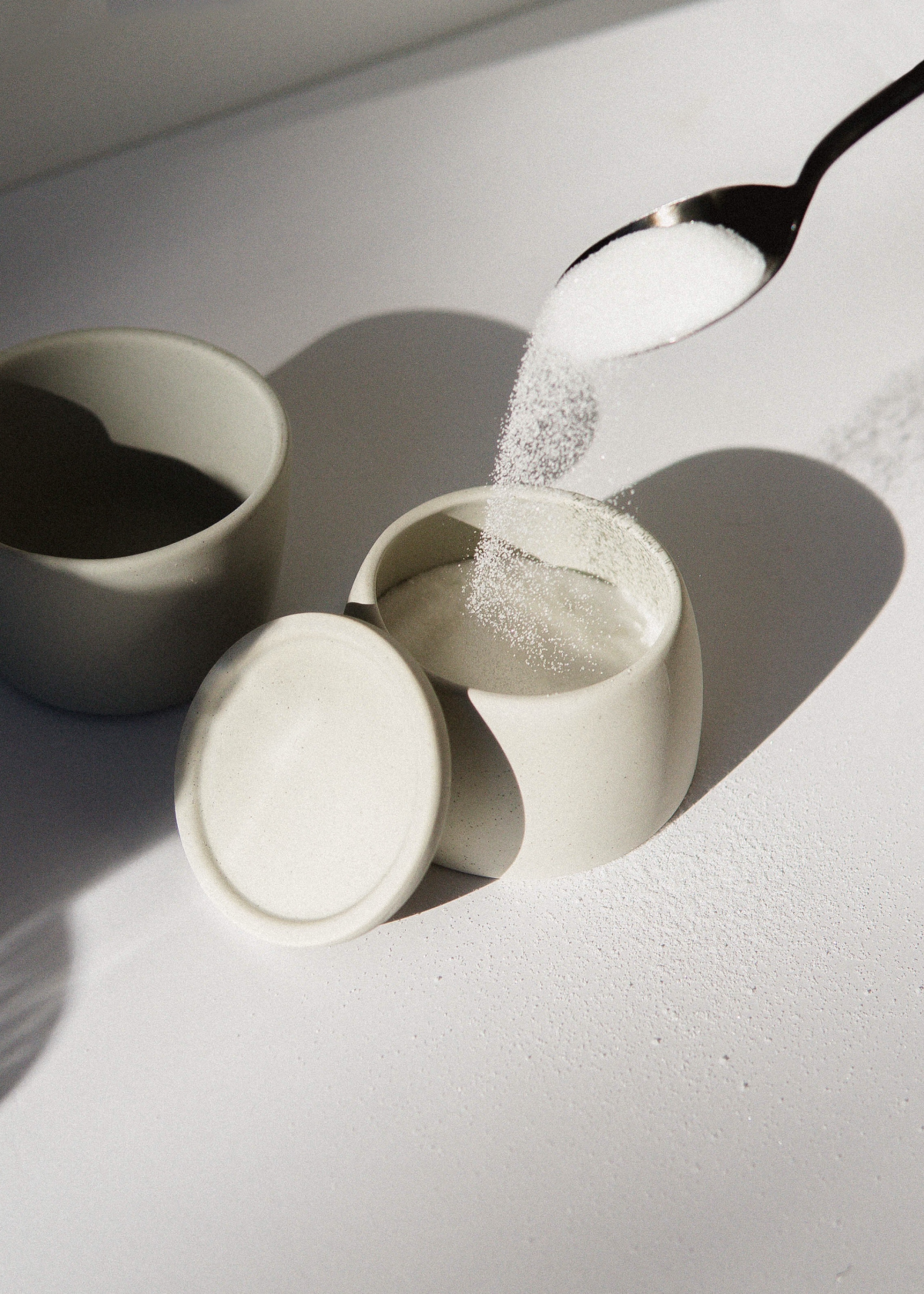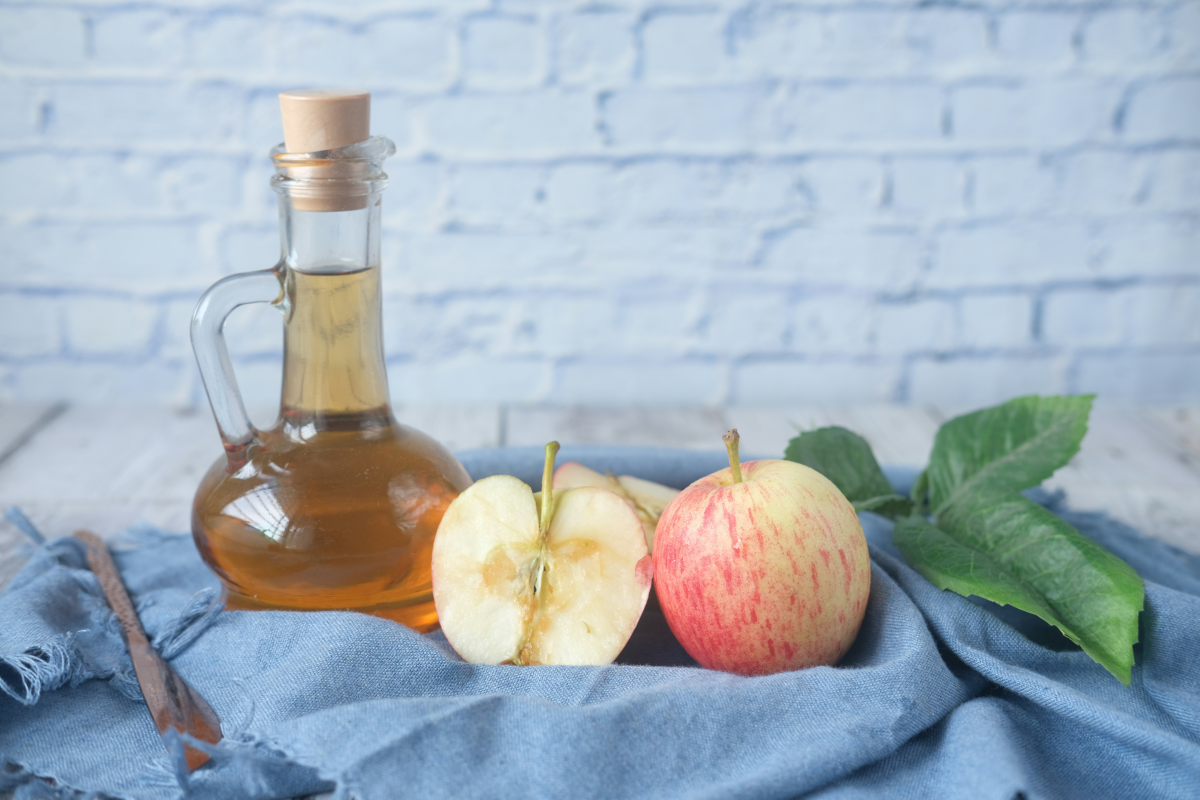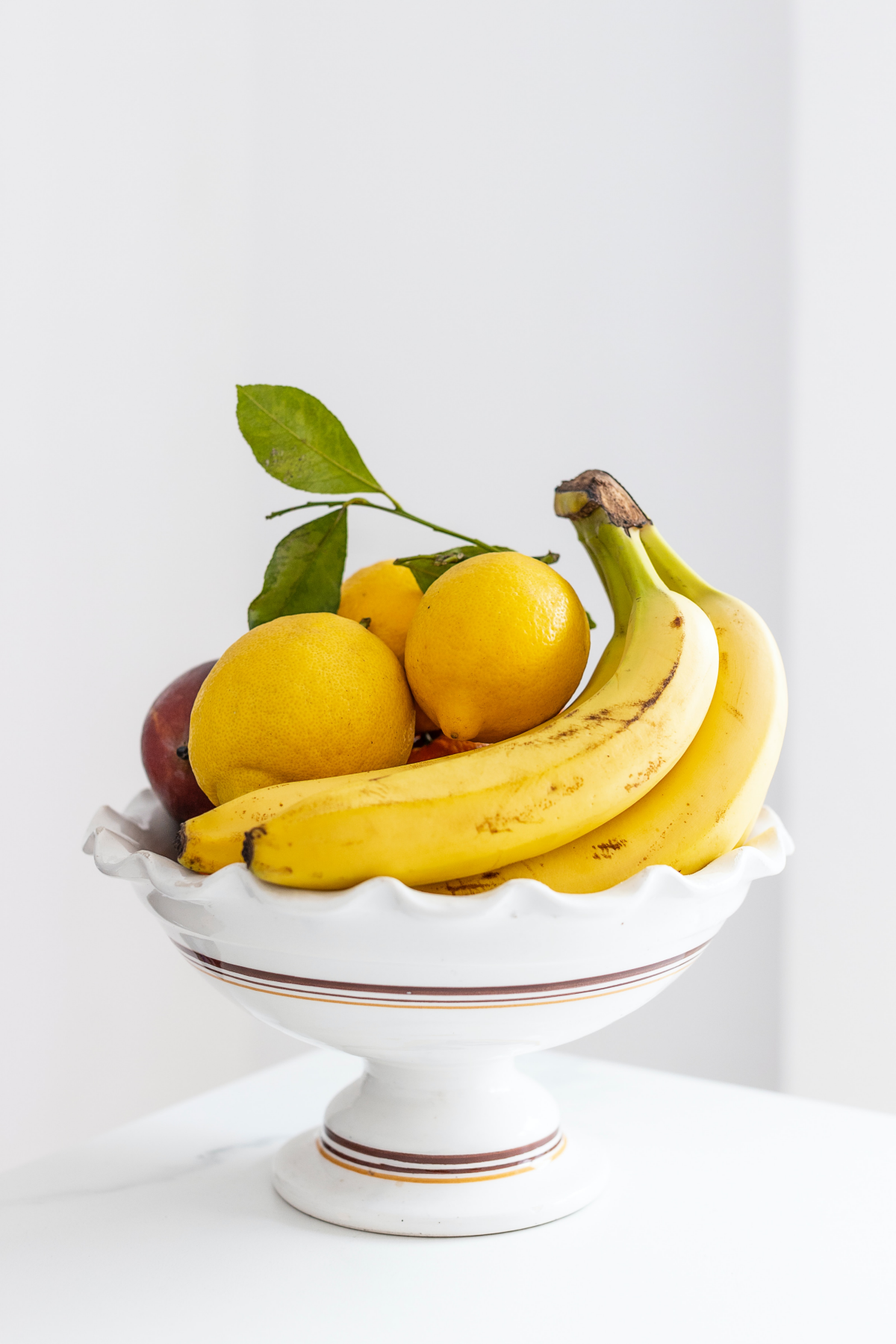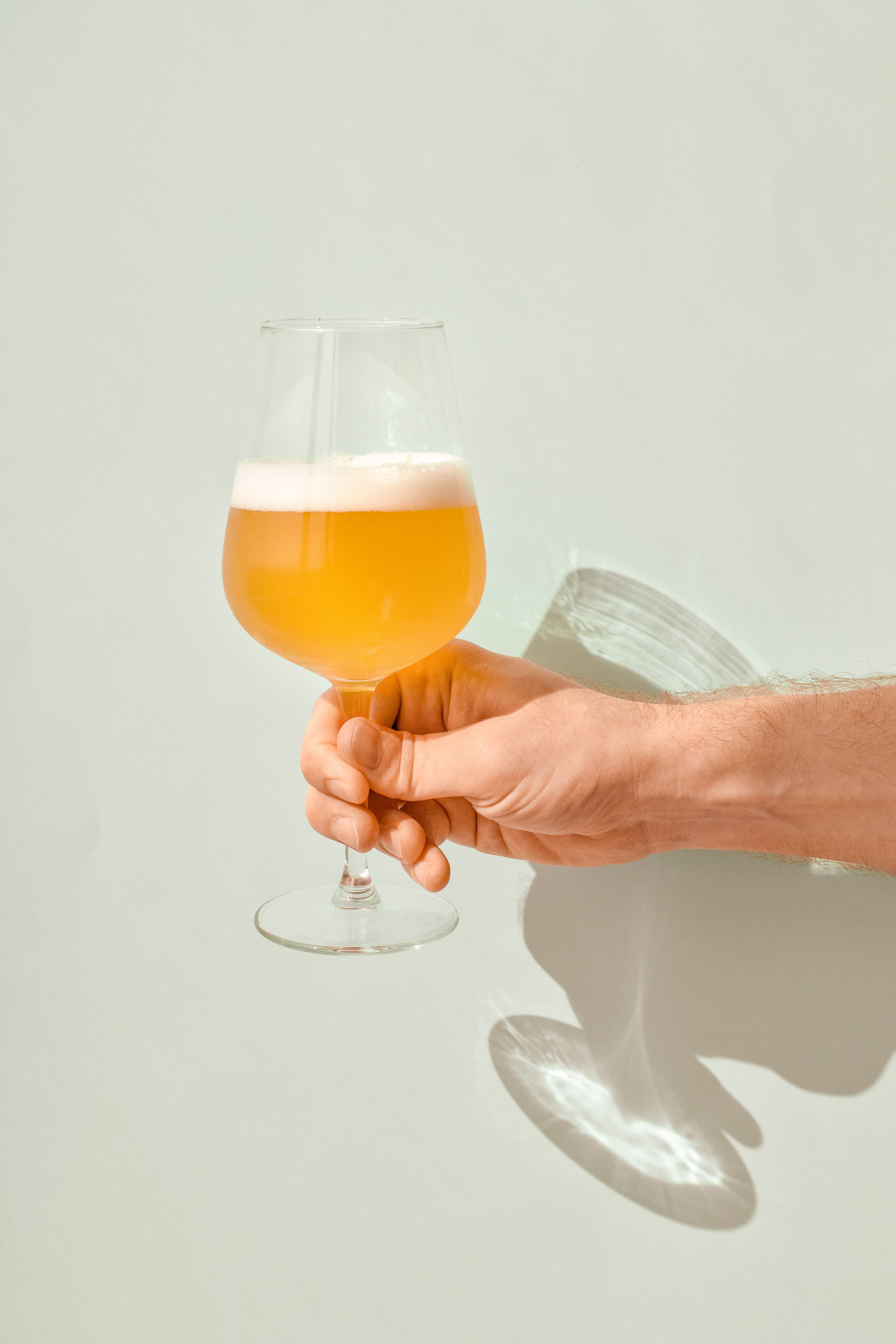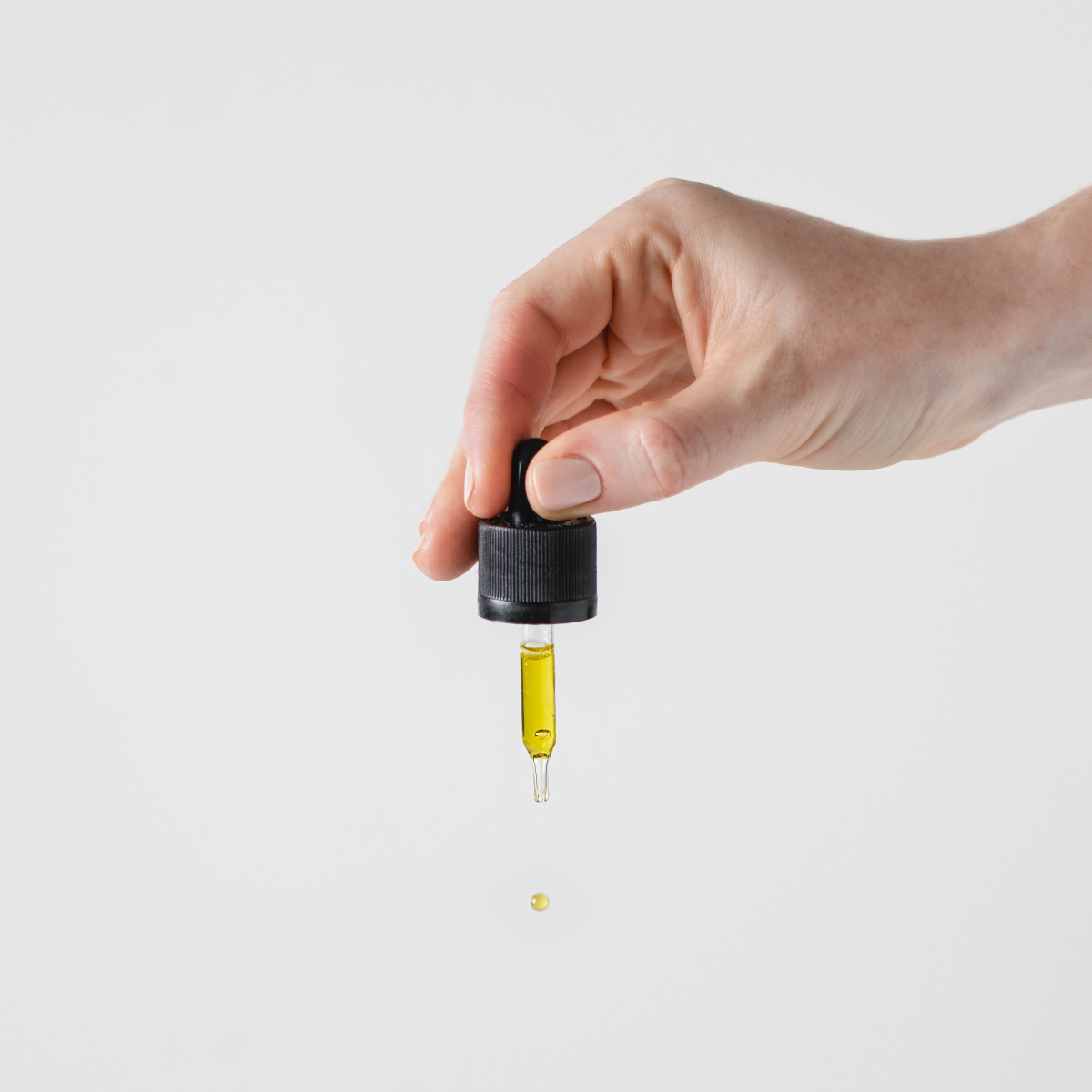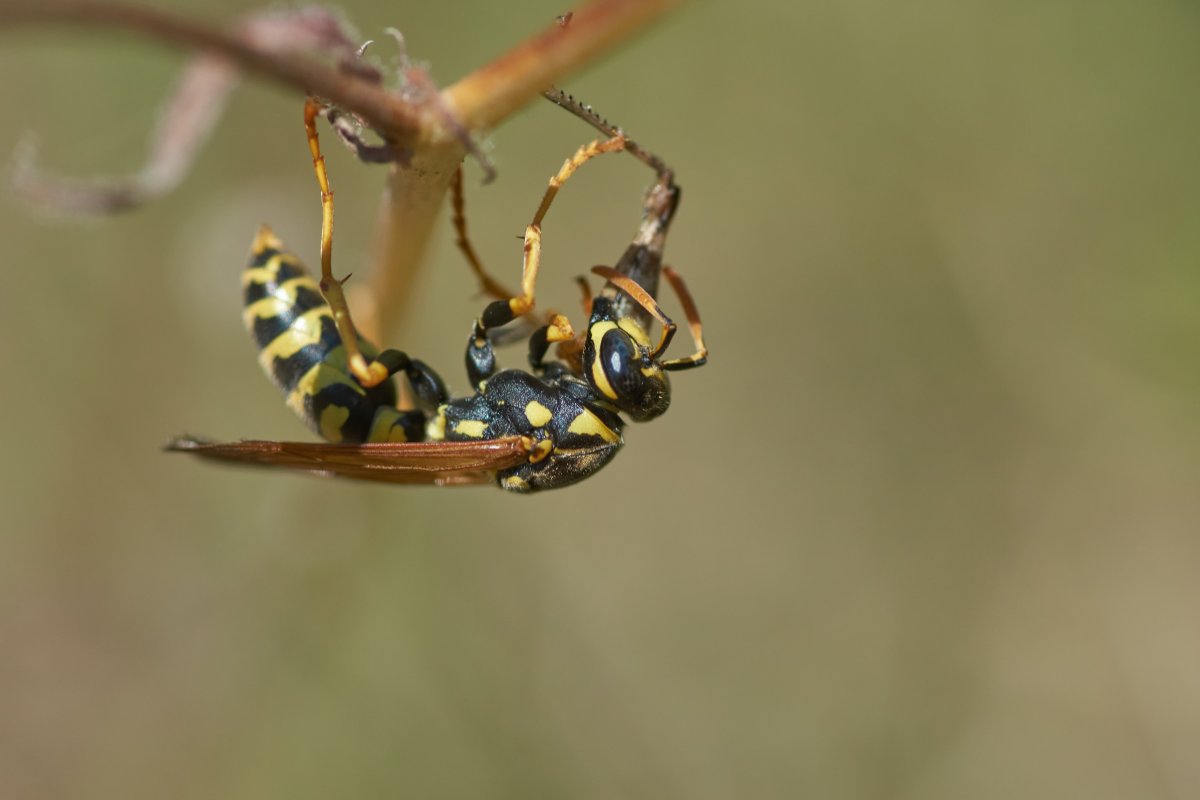How To Create Your Own Wasp Trap: 7 Simple Traps
The arrival of warmer weather often brings with it the unwelcome presence of wasps. This quickly turns your serene backyard into a buzzing battleground. These winged nuisances not only disrupt our enjoyment of the outdoors but also pose serious health risks. Especially for those with allergies to their stings. While a range of commercial wasp traps are available on the market, they frequently rely on harsh chemicals and can be quite expensive. So, an effective and more environmentally conscious alternative is a DIY wasp trap. These homemade solutions are not only simple and cost-effective to create but also offer a high degree of effectiveness in keeping these pests at bay. So, by opting for DIY traps, you can enjoy your summer days in peace, without the worry of harmful chemicals or the annoyance of wasps.
The arrival of warmer weather often brings with it the unwelcome presence of wasps
In this article
DIY Wasp Trap
In the quest for a wasp-free environment, homemade wasp traps stand out as a safer and more sustainable solution compared to their commercial counterparts. These DIY options empower you to take control of your wasp problem using everyday household items. You can turn common materials into effective pest control tools. This guide delves into some easy-to-make DIY wasp trap recipes, each designed to be both practical and environmentally friendly. You’ll find that most, if not all, of the ingredients and materials needed are already at your disposal, negating the need for toxic chemicals. Whether you’re dealing with a mild nuisance or a more severe infestation, these homemade traps offer a tailored solution to keep your spaces wasp-free, allowing you to embrace the warmer months with comfort and ease.
Homemade wasp traps stand out as a safer and more sustainable solution
Sugar water bottle
This trap is a time-tested favorite as it boasts a high effectiveness rate. Its success lies in the sweet allure of sugar water, which irresistibly draws wasps to it, making it an ideal trap for those pesky insects.
Ingredients
- 1 plastic bottle
- ¼ cup sugar
- 1 cup water
- 2 tablespoons dish soap
Instructions
- Begin by cutting the top third off a plastic bottle cleanly with scissors. This piece will act as a funnel.
- Invert the top part of the bottle and place it into the bottom, creating a funnel leading into the bottle.
- In a separate container, dissolve ¼ cup of sugar in 1 cup of water, ensuring it’s fully dissolved for maximum effectiveness.
- Add 2 tablespoons of dish soap to the sugar water mixture. The dish soap breaks the surface tension, preventing wasps from escaping once they enter the trap.
- Pour the mixture into the bottle, filling it just below the funnel’s edge.
- Place the trap in areas where you frequently notice wasp activity. The sweet scent will attract them into the funnel, where they become trapped.
This trap is a time-tested favorite
Meat and grease
As summer progresses, wasps shift their preference towards protein, making this meat and grease trap particularly effective. This trap appeals to their changed diet and is excellent for capturing those late-summer wasps.
Ingredients
- Meat scraps
- Cooking grease
- Container with lid.
Instructions
- Choose a container with a secure lid – a jar or a plastic container works well.
- Fill the container with fresh or leftover meat scraps. Fattier meats work best as they emit a strong scent.
- Add a spoonful of cooking grease to enhance the attractiveness of the bait.
- Make holes in the lid large enough for the wasps to enter but not so large that they can easily escape.
- Secure the lid and place the trap in an area away from human activity, such as at the far end of your garden. This will draw the wasps away from your living spaces.
This trap is excellent for capturing those late-summer wasps
Vinegar and dish soap
Apple cider vinegar is an excellent natural attractant for wasps due to its strong scent. And when combined with dish soap, it creates an effective and lethal trap.
Ingredients
- ½ cup apple cider vinegar
- 2 tablespoons dish soap
- 1 cup water
- Container
Instructions
- In a medium-sized container, mix ½ cup of apple cider vinegar with 1 cup of water. The vinegar acts as a bait due to its strong, fruity scent.
- Add 2 tablespoons of dish soap to the mixture. The soap decreases the water’s surface tension, trapping the wasps.
- Stir the mixture gently to combine the ingredients without creating too many suds.
- Place the container in areas where wasps are commonly seen, such as near trash cans, gardens, or patios. The scent of vinegar will attract them, and the dish soap will prevent them from escaping.
Apple cider vinegar is an excellent natural attractant for wasps
Fermented fruit
Wasps find the aroma of fermented fruit nearly irresistible. This makes this trap exceptionally effective during the peak of summer. This natural method utilizes overripe fruits, which are common in many households, especially during warmer months.
Ingredients
- Overripe fruit
- 1 tablespoon sugar
- 1 cup water
- Container
Instructions
- Select overripe or fermenting fruits such as apples, grapes, or bananas. These fruits have a strong, sweet smell that is highly attractive to wasps.
- In a bowl, mash the fruit thoroughly to release more of its natural juices and aroma.
- Add 1 tablespoon of sugar to the mashed fruit to enhance the sweetness and 1 cup of water to create a liquid mixture.
- Pour this mixture into a container. An open jar or bowl works well.
- Place the container in a sunny spot in your garden or on your patio. The warmth from the sun will intensify the scent of the fermented fruit, making it more attractive to wasps.
- Check the trap regularly and replace the fruit mixture as needed to maintain its effectiveness.
Wasps find the aroma of fermented fruit nearly irresistible
Beer trap
Beer is an excellent attractant for wasps due to its sweet, yeast-based scent. This makes the Beer Trap a straightforward and effective solution for wasp control, particularly in areas where you entertain or dine outdoors.
Ingredients
- Beer
- Container
Instructions
- Choose a shallow container and pour a small amount of beer into it. A few inches of beer is sufficient.
- The natural sugars and yeast in the beer act as a lure for the wasps.
- Place the container in strategic locations where wasp activity is high, such as near picnic areas, garbage bins, or gardens.
- Ensure that the trap is placed out of reach of children and pets, as the scent of beer might attract them.
- Monitor the trap regularly and empty and refill it as needed to maintain its effectiveness.
Beer is an excellent attractant for wasps
Essential oil and water
Essential oils, particularly peppermint and lemongrass, are famous for their wasp-repelling properties. This trap uses a combination of these oils with water and dish soap to create a deterrent and trap for wasps in one.
Ingredients
- 10 drops essential oils (peppermint, lemongrass)
- 2 cups water
- 1 tablespoon dish soap
- Spray bottle.
Instructions
- In a spray bottle, mix 2 cups of water with 1 tablespoon of dish soap.
- Add 10 drops each of peppermint and lemongrass essential oils. These oils are natural wasp repellents and will help keep the area wasp-free.
- Shake the bottle well to ensure all ingredients are thoroughly mixed.
- Spray the solution around outdoor areas where wasps are frequently seen, such as patio edges, under eaves, and around windows.
- Reapply the solution every few days or after heavy rain to maintain its effectiveness.
Peppermint and lemongrass are famous for their wasp-repelling properties
Honey and water
Honey’s natural sweetness makes it an excellent bait for wasps. This trap combines honey’s allure with dish soap to effectively trap and eliminate wasps.
Ingredients
- 3 tablespoons honey
- 1 cup water
- 1 tablespoon dish soap
- Container
Instructions
- In a suitable container, mix 3 tablespoons of honey with 1 cup of water. The honey acts as a strong attractant due to its sweetness.
- Add 1 tablespoon of dish soap to the mixture. The soap will break the surface tension, preventing wasps from flying away after they land.
- Stir the solution gently to combine all ingredients without creating too much foam.
- Place the container in areas where wasps frequent, such as near fruit trees, flower beds, or outdoor eating areas.
- Regularly check and clean the trap, replacing the mixture as necessary to ensure it remains effective.
Honey’s natural sweetness makes it an excellent bait for wasps
Managing a wasp problem doesn’t have to involve harsh chemicals or expensive solutions. These DIY wasp trap designs are easy to make, environmentally friendly, and use everyday household items. You can experiment with different traps to see which works best for your situation. But remember to regularly check and maintain them for effectiveness. With these homemade solutions, you can enjoy your outdoor spaces in peace, knowing you’re taking a safer, more sustainable approach to wasp control.
These DIY wasp trap designs are easy to make

